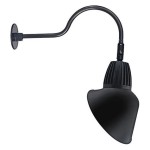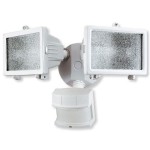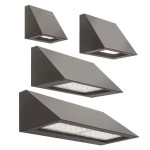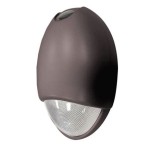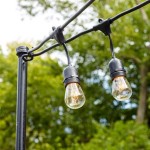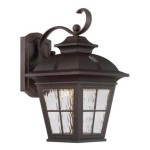What Cable Should I Use For Outdoor Lighting
When installing outdoor lighting, choosing the right cable is essential for ensuring safety, durability, and performance. Several factors should be considered when selecting a cable for outdoor use, including the type of lighting fixture, the location of the installation, and the environmental conditions. This article will explore the essential aspects to consider when choosing a cable for outdoor lighting, helping you make an informed decision for your specific needs.
Essential Aspects of Outdoor Lighting Cable Selection
1. Type of Lighting Fixture: The type of lighting fixture you are using will determine the gauge and type of cable required. Low-voltage fixtures, such as path lights and accent lights, typically require a smaller gauge cable than high-voltage fixtures, such as floodlights and bollard lights.
2. Location of Installation: The location of the installation will impact the type of cable needed. If the cable will be buried underground, a direct burial cable is required. Direct burial cables are designed to withstand the harsh conditions of being buried directly in the soil, providing superior protection against moisture and damage.
3. Environmental Conditions: The environmental conditions in which the cable will be installed should be considered. In areas with extreme temperatures, a cable with a wide temperature range is necessary to ensure proper performance. Additionally, if the cable will be exposed to moisture or sunlight, a cable with UV resistance is recommended.
4. Voltage and Amperage: The voltage and amperage of the lighting fixture will determine the appropriate cable gauge. The cable gauge should be sufficient to handle the electrical load of the fixture without overheating or causing voltage drop.
5. Insulation: The insulation of the cable is critical for safety and performance. Outdoor cables should have a durable insulation that can withstand moisture, sunlight, and mechanical damage. Common insulation materials for outdoor cables include polyethylene, PVC, and rubber.
6. Conductor Material: The conductor material of the cable affects its conductivity and durability. Copper is a common choice for outdoor cables due to its excellent conductivity and corrosion resistance. Aluminum is another option, but it is less conductive than copper.
7. Cable Length: The length of the cable required will impact the voltage drop. Longer cables experience greater voltage drop, so it is crucial to choose a cable with an appropriate gauge to minimize voltage loss.
Conclusion
Choosing the right cable for outdoor lighting is essential for ensuring safety, durability, and performance. By considering the factors discussed in this article, you can make an informed decision that meets the specific requirements of your outdoor lighting project. The essential aspects of cable selection include the type of lighting fixture, location of installation, environmental conditions, voltage and amperage, insulation, conductor material, and cable length. Understanding these aspects will empower you to select a cable that will provide reliable and long-lasting illumination for your outdoor space.

Using A Cable To Hang String Lights Concord Carpenter
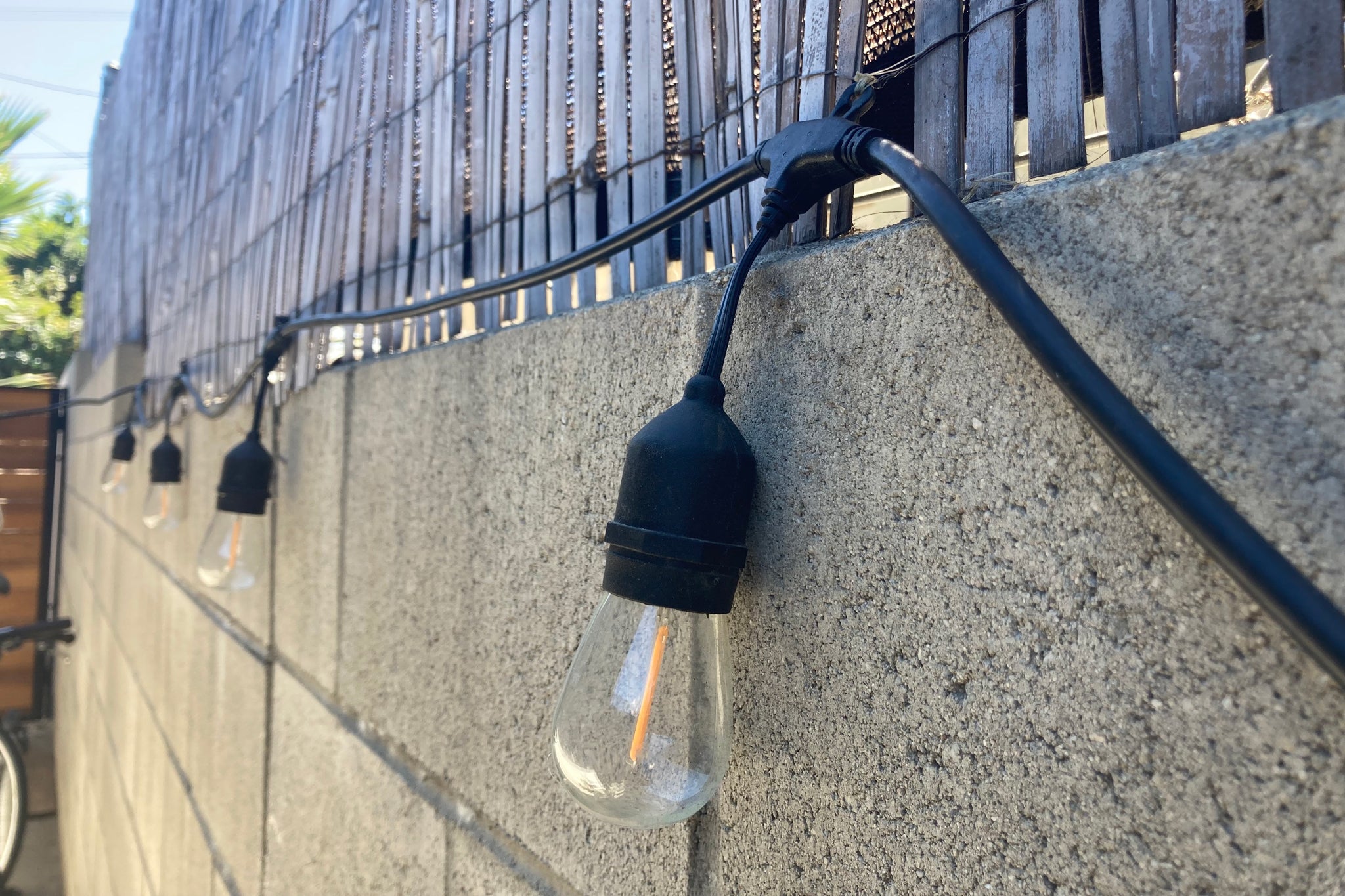
How To Hang Outdoor String Lights And Make Them Look Good Wirecutter

What S The Best Cable To Use For Outdoor Lighting Billyoh Extra

Choosing Low Voltage Lighting Transformers Cable And Wire Connectors In Lite Outdoor
How To Hang Outdoor String Lights Resource Article By Partylights Com

Outdoor Garden Lighting Cable Elluminate

Techmar 15m Main Cable Spt 3 With 6 Connectors

How To Hang Outdoor String Lights And Make Them Look Good Wirecutter

Outdoor Low Voltage Lighting Diy Family Handyman

Newhouse Lighting 48 Ft String Light Hanging Mounting Kit Wire Hooks Stringkit The Home Depot
Related Posts

